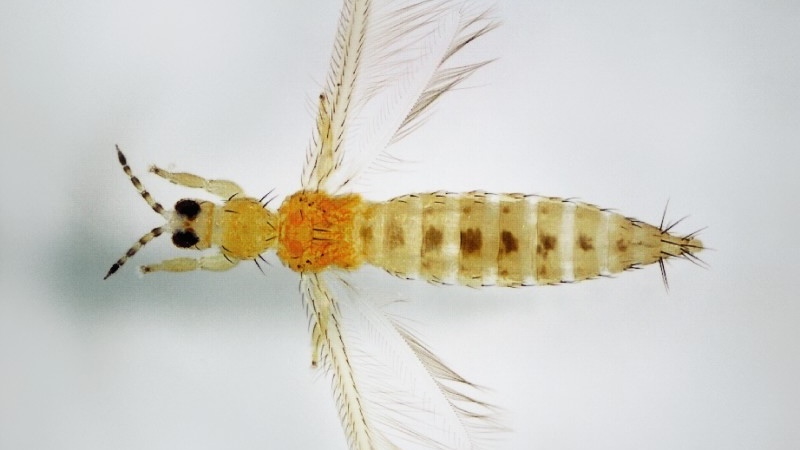Cotton’s Top Thought Leaders To Gather In Singapore for Global Summit
As the global cotton industry goes through these uncertain times, characterized by unpredictable shifts in supply and demand – not to mention external factors such as governmental and trade directives, and increasing price pressure from food crops – maintaining strong relationships throughout all sectors of the value chain is more critical than ever before.
But building these strategic partnerships can be challenging due the global nature of the business and the unusually long cotton supply chain. Each sector is becoming increasingly dependent on all of the other sectors, not just the ones directly upstream or downstream.
Due to all of these factors and many more, the need for face-to-face communication is greater than ever before – especially for an industry that has taken pride in its history of confirming business deals with a handshake.
These are the reasons Cotton International established the Global Summit, which debuted last year in Bangkok. Hundreds of cotton and textile professionals from 30 countries traveled to Thailand to meet with partners, share ideas and transact business.
Southeast Asia remains the center of the world’s cotton consumption, and likely will for the foreseeable future, the 2013 Global Summit (www.cottonglobalsummit.com) will once again be held in the region – this time from March 20-22 at the Marina Bay Sands Hotel in Singapore.
A panel of the industry’s thought leaders from around the globe has been assembled to share their perspectives with the attendees. The expert lineup will offer their perspectives on a number of the most pressing issues facing our industry.
The Need for Collaboration in Cotton
Terry Townsend, executive director of the International Cotton Advisory Committee: “If there were a ‘silver bullet’ that could solve all of the industry’s problems, someone would have thought of it by now. The reality is that many small improvements made in many different sectors cumulatively add up to great improvements in the way the global cotton trade functions.”
China’s Future Cooperation with Other Countries
Xi Jin, manager of international cooperation, China National Cotton Information center: “China should strengthen its cooperation with other countries, particularly the textile makers. For example, China boasts exclusive advantage in finished products. However, as domestic cotton prices are much higher than in the international market, the import of cotton yarn is the best solution. It requires long-term trade cooperation with other countries.”
The Cost of Faltering Confidence
Cliff White, vice president, Omnicotton: “Producers, merchants, and spinners have all had a very difficult time over the last 18 months, and the trading conditions have certainly been the most difficult that any of us have seen. These conditions have severely damaged market participants’ confidence not only from a price movement point of view, but just as importantly, from a counter-party perspective. Furthermore, the well documented and highlighted issues with contract sanctity have struck the industry, and until we can restore confidence in the marketplace, trading conditions will continue to prove difficult.”
Cotton’s Environmental Performance and Perception
Allan Williams, chairman of the Expert Panel on Social Economic and Environmental Performance (SEEP), program manager at the Cotton Research and Development Corporation (CRDC): “Public perceptions about the environmental sustainability of cotton farming are critically important to the cotton industry. There is increasing pressure on the industry from the retail end of the supply chain to more formally demonstrate sustainability credentials. The long supply chain between farm and retail store, however, presents some challenges for demonstrating efforts and improvements in the sustainability of cotton farming. A collaborative effort is one means to address these two challenges.”
The International Nature of Cotton and Textiles
Kater Hake, vice president of the Agriculture and Research division, Cotton Incorporated: “We are concerned with the global image of cotton because most cotton textiles are blends of cotton from around the world. Consumers are concerned about the cotton in their garments, which is likely a mix of cotton from three or more countries.”









